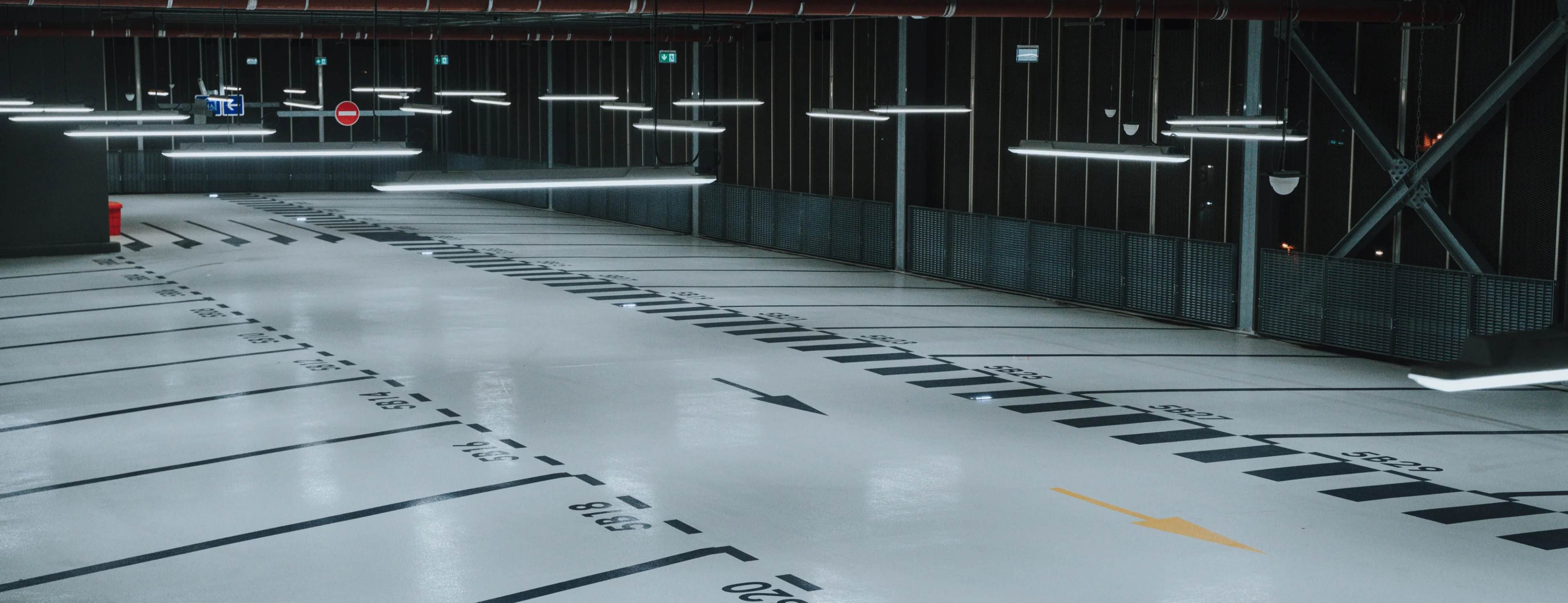In 2021, 56 per cent of the world's population lived in cities and it is estimated that by 2050, the percentage will rise to 68 per cent (UN-Habitat, 2021), which presents a number of challenges for municipalities faced with environmental, housing, mobility and health issues, among others.
Solutions need to be created to enable the creation of smarter transport networks (Mobility as a Service - MaaS), the digitisation of processes and activities, the reduction of gas emissions, the effective management of resources and waste and the improvement of energy efficiency in the management of public spaces and the heating of buildings.
It is impossible to dissociate the cities of the future - smart cities - from issues such as sustainability, waste management, digitalisation, improving energy efficiency and mobility. According to the study Smart Cities Solutions for a Riskier World, conducted by ESI ThoughtLab in 2020, COVID-19 has made a significant contribution to accelerating the implementation of smart cities, i.e. efficient, connected and sustainable cities. Through technological innovations, smart cities seek to provide an urban environment that promotes human development, the sustainable use of natural resources and boosts the local economy.
Looking to the future and focused on creating sustainable solutions to the multiple challenges facing cities, Ubiwhere has created the City Nervous System. An innovative concept that interprets cities as living organisms, capable of generating information and acting accordingly, directly and automatically.
Cities are moving towards digitalization, but this is not a quick and instantaneous process. There is a path to follow, in stages. The Digital Nervous System Testbed offers a path for cities to digitize old systems, adopt new technologies, create and promote innovation but, above all, create a single, holistic and interconnected vision of everything, all the time and everywhere.




